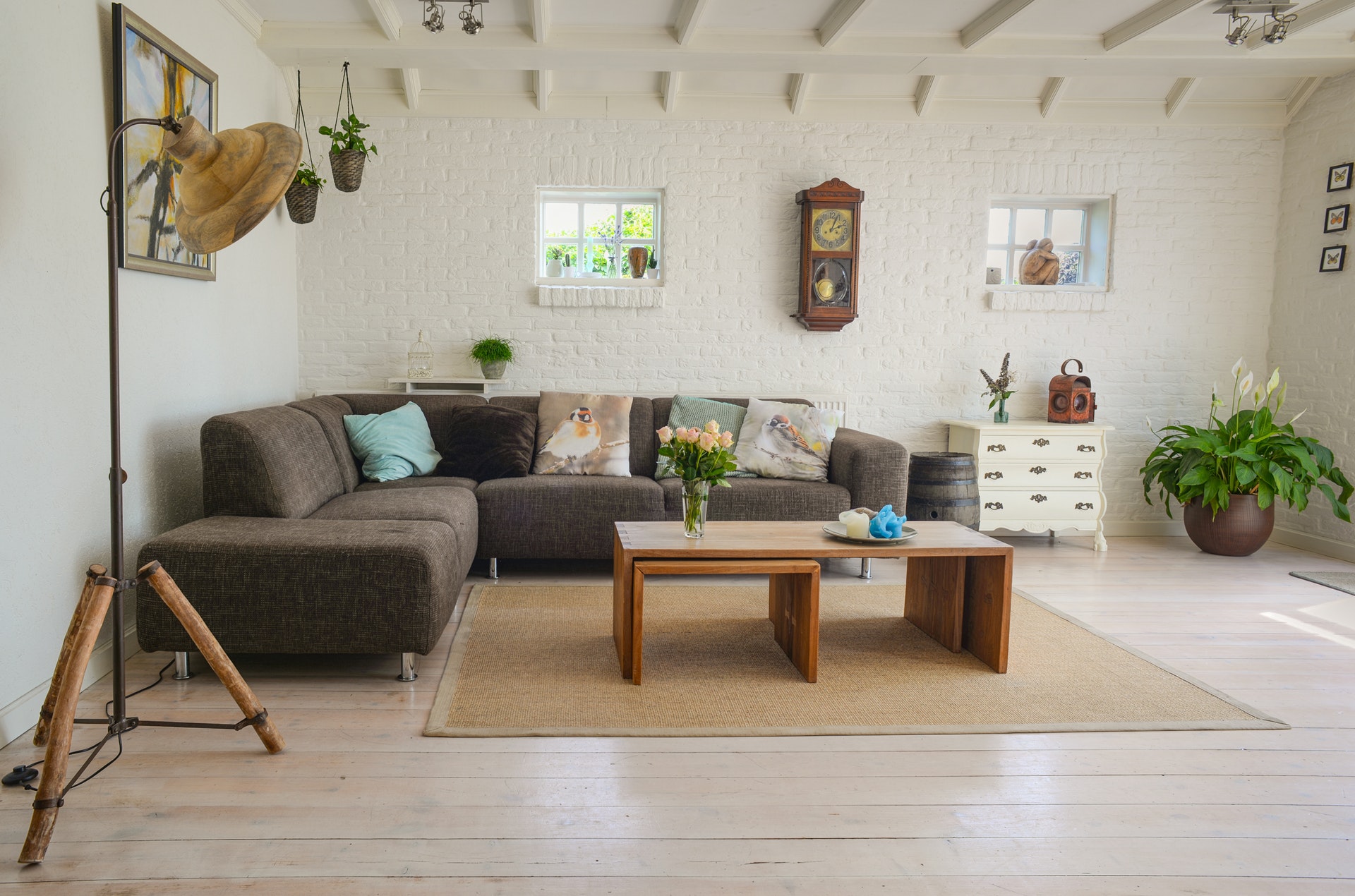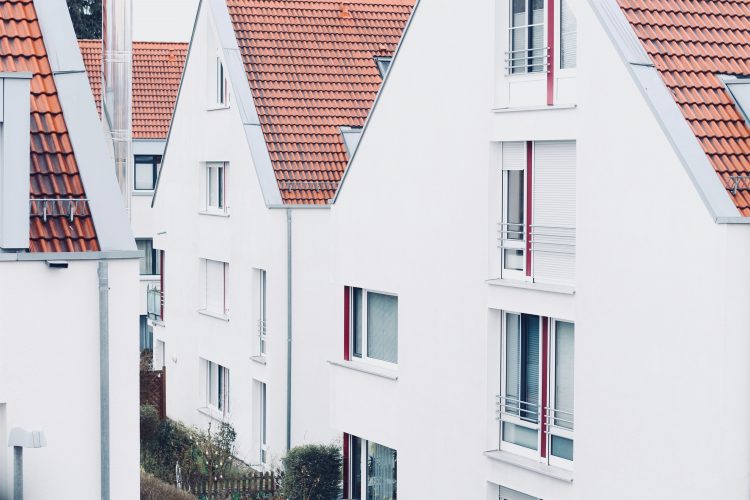Are your energy costs higher than you really want and are you looking for a way to reduce them? With PUR insulation, you ensure that the heat stays in your home and you need to heat less. Choose, for example, to insulate your cavity wall, floor or crawl space. Read all about PUR insulation here, including costs, benefits and useful tips.
What does PUR insulation cost?
The PUR insulation costs depend on what you want to insulate. In general, the thicker the PUR layer, the higher the PUR insulation price per m2. Installing cavity wall insulation with PUR foam costs on average £1,575. Roof insulation prices are on average £20 per m² and in the case of a crawl space an average of £25 per m². See the average costs for each type of house below.
Cavity wall insulation costs
| Type of house | Average area of cavity wall | Average pur insulation price including VAT and installation |
|---|---|---|
| Appartment | 25 m² | £ 550 – £ 650 |
| Tween house | 65 m² | £ 900 – £ 1.200 |
| Corner house | 65 sqm | £ 1,150 – £ 1,350 |
| 2 under 1 roof | 100 sqm | £ 1,600 – £ 1,900 |
| Detached house | 150 sqm | £ 2,300 – £ 2.600 |
Roof insulation prices
| Isolation material | Required thickness | Average price per m² including VAT and installation | |
|---|---|---|---|
| Pur foam | 12 – 14 cm | £ 12 – £ 25 | |
| Pur foam boards | 12 – 14 cm | £ 20 – £ 25 | |
| Pur foam boards | 12 – 14 cm | £ 20 – £ 25 |
Crawl space insulation costs
| Isolation material | Required thickness | Average price per m² including VAT and installation |
|---|---|---|
| Pur foam | 8 – 12 cm | £25 |
Find the best specialist for your project and get free quotes.
Start

What is PUR insulation?
Polyurethane, or PUR foam, is created when different substances cause a chemical reaction. PUR insulation is widely used because it insulates well and because this insulation material contains substances that slow down fire. The insulation material is used as both PUR insulation boards and PUR foam. Check out the properties of both types of PUR insulation below.
| Pur insulation boards | Pur foam |
|---|---|
| – Suitable for roof, floor and cavity wall insulation – Used in combination with polyurethane foam to seal seams and cracks – Has a higher insulation value than polyurethane foam – Place and finish directly |
– Suitable for roof, floor, crawl space and cavity wall insulation – Easily seals seams and cracks for optimal insulation – Sanding first before finishing – Quick to apply – Toxic fumes are released during installation |
PUR insulation compared to other insulation
In addition to PUR insulation, there are several other insulation options. Think for example of glass wool, rock wool or EPS insulation. All types have their own characteristics and are applied in different ways. See an overview of different insulation materials here.
| Type of insulation | Gem. cost per m2 | Lambda value* | Advantages | Disadvantages |
|---|---|---|---|---|
| Glaswool | £8 | 0.032 – 0.040 | – Soundproofing – Moisture & mildew resistant – Fireproof – Relatively inexpensive – Environmentally friendly & 100% recyclable |
– Can cause itching and skin irritation – Not suitable for narrow cavity walls |
| Stone wool | £10 | 0.032 – 0.040 | – Highly sound dampening – Moisture & fungicidal – Fireproof – Environmentally safe & 100% recyclable |
– Can cause itching and skin irritation – Not suitable for narrow cavity walls |
| EPS | £20 | 0.030 – 0.040 | – Moisture and fungicidal – Durable & highly recyclable – Very light in weight |
– Flammable (though fire retardant) – Raw material is a plastic – Inflexible: does not seal corners & seams as well |
| PUR | £25 | 0.022 – 0.028 | – Covers seams & gaps smoothly – Moisture & Mould resistant – High insulation value – Fire retardant |
– Most expensive choice – Contains chemicals, therefore not environmentally friendly – Difficult to remove – Not recyclable |
| PIR | £15 | 0.022 – 0,027 | – Light in weight – High insulation value – Fire retardant – Insensitive to moisture |
– Contains chemicals, therefore not environmentally friendly – Inflexible material – Not recyclable |
The average costs mentioned are only the costs for the material. * The lambda value indicates how well a material conducts heat. The lower the value, the better the insulation.
Having PUR insulation installed: step-by-step plan
Having PUR insulation installed requires a number of steps. The subject specialist applies PUR insulation in different places. Read below how a specialist installs PUR insulation.
Step 1: Preparing your home
In the case of PUR foam, the specialist tapes off walls and windows, as the installation creates mist. Since this mist is bad for your health, the specialist checks whether your home has adequate ventilation. In addition, he puts on protective clothing so that he does not expose himself to these fumes during installation. In addition, the specialist makes the room dry and dust-free, as the PUR insulation will then adhere better. In the case of PUR insulation boards, this preparation is not necessary.
Step 2: Installation of the PUR insulation
Applying PUR foam evenly is not easy. The PUR foam expands, which quickly creates unevenness. The specialist therefore chooses to apply the PUR insulation layer by layer. This gives the foam more time to cure and minimises unevenness. The PUR insulation boards are easy to click together. The specialist cuts the insulation boards to size and places them in the right place. He fills cracks and seams with PUR foam for optimal insulation.
Step 3: Have the floor finished
After spraying PUR foam, the floor is never completely even. The professional therefore uses a sander to remove all unevenness. The specialist will then place other finishes on both PUR foam and PUR insulation boards.
PUR insulation: the pros and cons
Are you curious about the pros and cons of PUR insulation? Check out an overview of the pros and cons of using both PUR foam and PUR insulation boards below.
| Advantages pur insulation | Disadvantages pur insulation |
|---|---|
| – It closes all the gaps and cracks that are difficult to reach with other insulation – In the case of cavity wall insulation, no visible damage to the masonry – Moisture resistant, which means the insulation value does not change if it comes into contact with moisture |
– More expensive option compared to other insulation materials – Not recyclable and therefore worse for the environment – A chemical smell is created when PU foam is installed, which disappears after a few days |

What should you pay attention to when installing PUR insulation?
PUR insulation is, according to both the GGD and the RIVM, a product you should handle with care, because PUR foam is toxic. It is therefore not wise to install PUR foam insulation yourself. The insulation specialist wears special protective clothing that prevents him from coming into contact with the PUR foam and inhaling its fumes. In addition, the insulation specialist uses special equipment to apply the PUR foam.
PUR insulation tips
Have you got a good idea of all the benefits of PUR insulation? Read here for additional handy saving tips for having PUR insulation installed.
Check if there is a subsidy available
The government has made a national subsidy available for insulation measures. If you own an owner-occupied home and this property is your main residence then you may be eligible for this. With this Investment subsidy for sustainable energy and energy saving (ISDE), you can receive a subsidy for one or more insulation measures.
The amount of the subsidy depends on the number of measures. For one measure you can receive around 15% subsidy and for 2 measures the subsidy is around 30%. Check the website of the RVO for the conditions you must meet to claim the subsidy.
On top of that, insulation materials and insulation work have a low VAT rate. So instead of 21%, you pay only 9% VAT on labour costs.
Prepare yourself
Want to save on PUR insulation costs? Then prepare all the necessary things yourself. For example, do you want to have a floor insulated? Then remove your old floor yourself so that the specialist does not have to do this. Discuss this with the specialist in advance to avoid confusion.
Get a volume discount
Do you want to have your house insulated? Then consider whether it makes sense to insulate in several places at once. In addition to cavity wall insulation, install roof insulation, for example.